This post may contains affiliate links. Read our full disclosure here.
Getting your first wine industry job during harvest season is one of the most accessible entry points into the world of wine. I’ve seen countless friends transform their casual interest in wine into fulfilling careers by starting with a harvest gig. Whether you’re stuck in a boring office job, looking for a career change, or simply want to understand how your favorite beverage goes from grape to glass, harvest season opens doors that remain firmly shut the rest of the year.
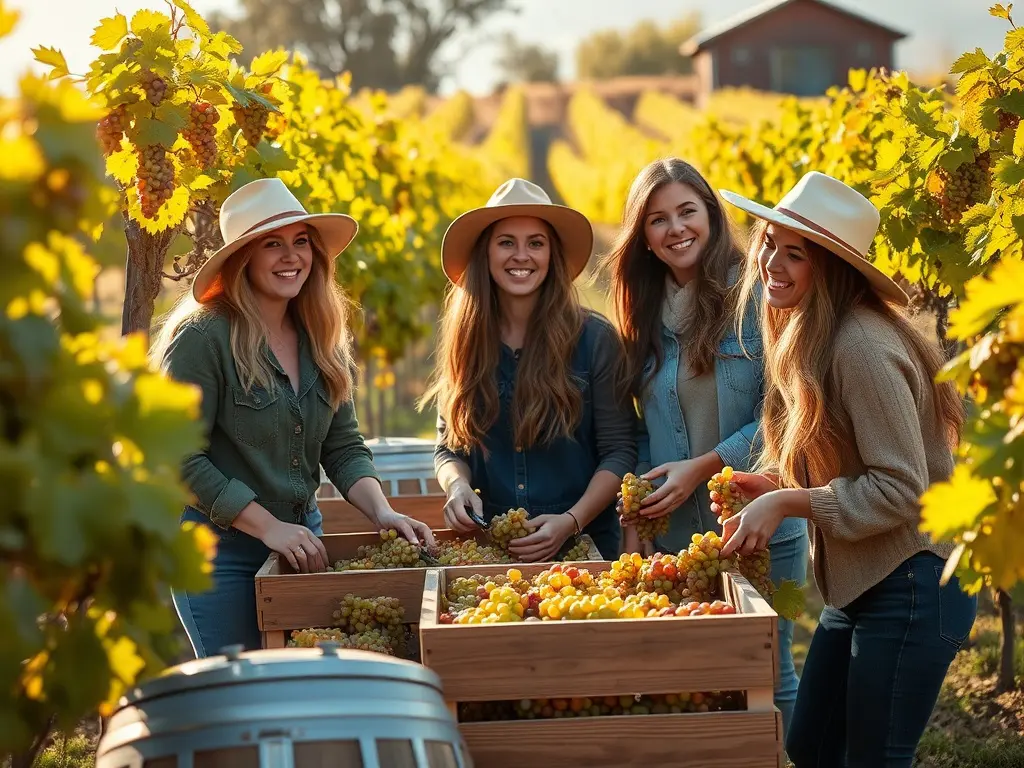
As Sarah Martinez, Vineyard Manager at a California winery, puts it: “Harvest is the wine industry’s busiest—and most welcoming—time of year for newcomers.” The beauty of harvest work is that it requires very little prior experience—just enthusiasm, a willingness to work hard, and the right timing. Let me walk you through exactly how to land your first wine job during the most exciting time in any vineyard’s calendar.
Why Harvest Season Is Perfect for Breaking Into the Wine Industry
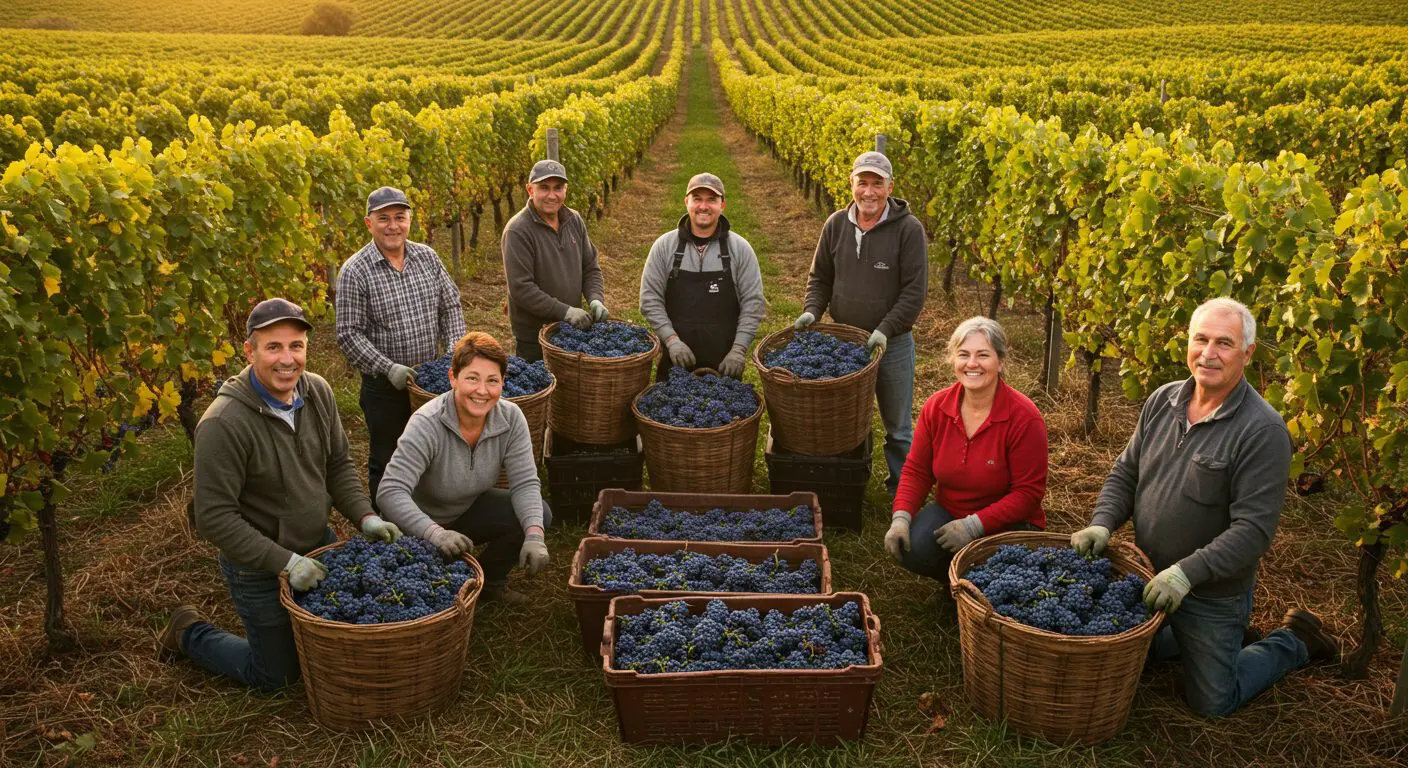
If you’ve ever dreamed of working with wine, harvest season is your golden ticket. During this crucial period (typically August through October, depending on the region), wineries face their most labor-intensive operations of the year. The grapes are ready, time is of the essence, and suddenly every winery needs extra hands—fast.
This seasonal rush creates perfect conditions for newcomers to break in:
- Massive hiring spikes – Most wineries double or triple their staff during harvest season. Many positions don’t require previous wine experience—they just need reliable workers who can follow instructions.
- On-the-job training – Wineries expect to train seasonal hires, making it ideal for beginners. You’ll learn vineyard and cellar skills through hands-on experience rather than classroom theory.
- Networking goldmine – Working harvest puts you shoulder-to-shoulder with everyone from cellar rats to winemakers. These connections can lead to year-round positions later. A friend of mine started as a harvest intern and ended up as an assistant winemaker two years later, all through relationships built during her first season.
- Test-drive the industry – Not sure if wine is your calling? Harvest work lets you experience the industry intensely but briefly, perfect for career explorers.
Getting your first wine industry job during harvest season provides a unique opportunity to learn about the California wine harvest season firsthand, especially if you’re near major wine regions.
Types of Wine Harvest Jobs Perfect for Beginners
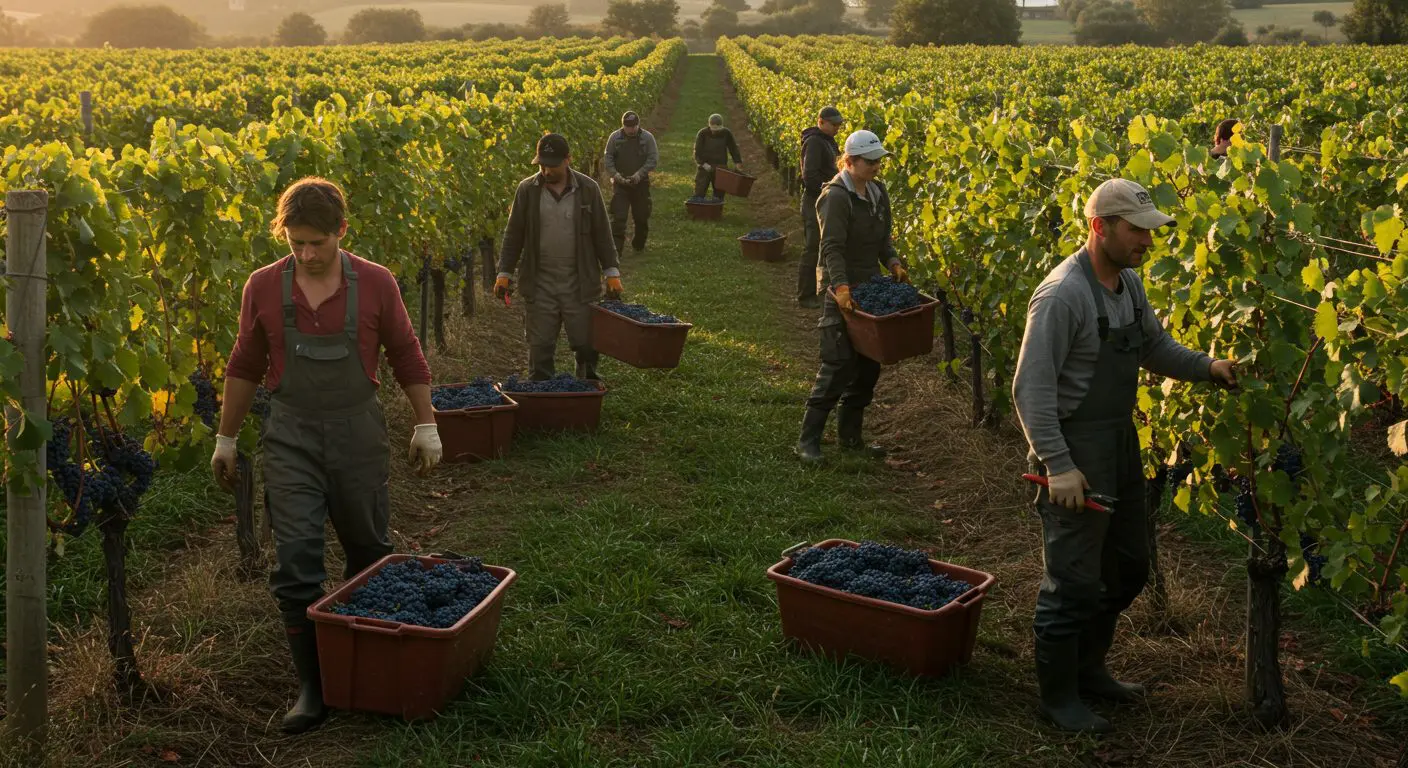
When looking for your first wine industry job during harvest season, you’ll typically find three main categories that welcome newcomers. Each offers a different perspective on winemaking and varies in physical demands and customer interaction.
Cellar Hand/Harvest Intern
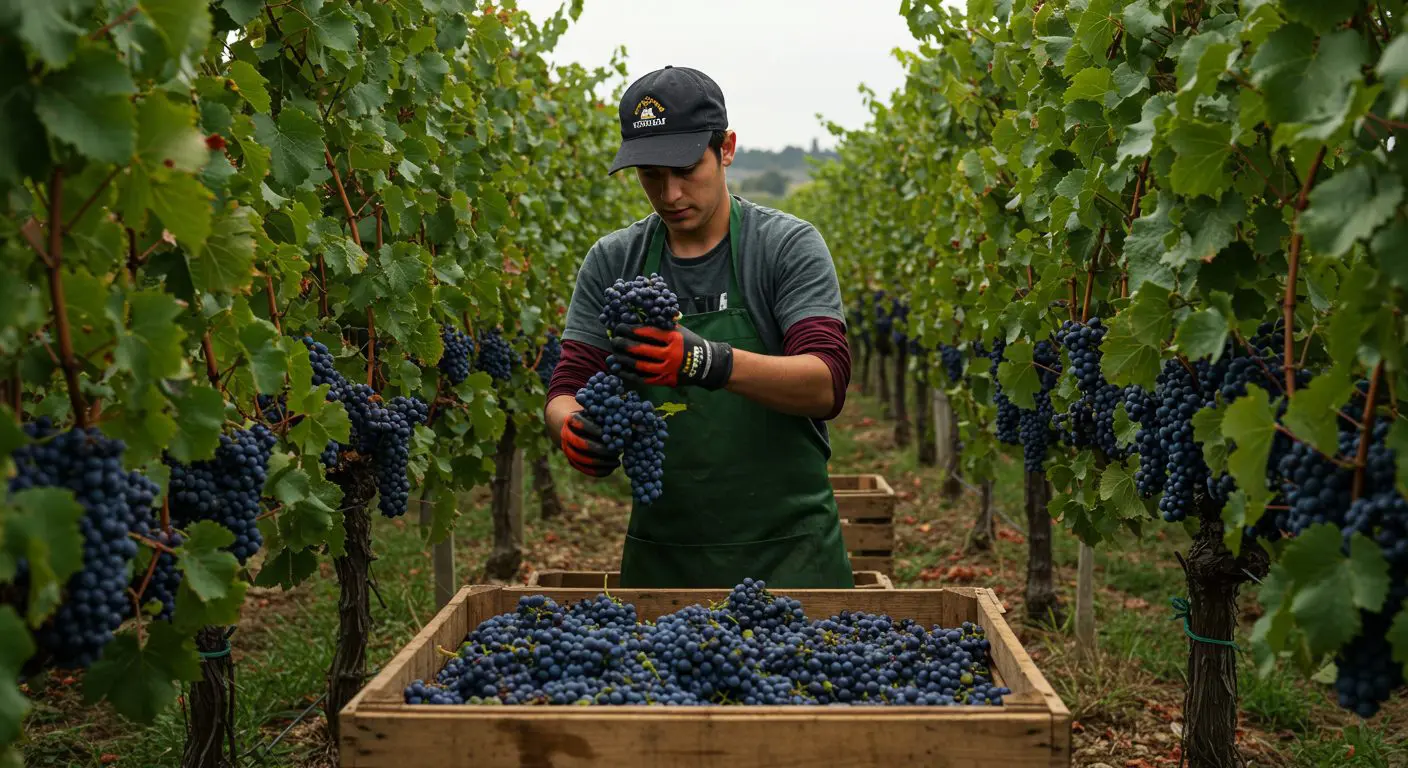
These roles put you right in the heart of winemaking. You’ll help with everything from processing grapes to managing fermentation tanks. It’s physically demanding work that might include:
- Sorting grapes on conveyor belts (removing leaves, insects, and subpar fruit)
- Cleaning and sanitizing equipment (tanks, barrels, and processing tools)
- Monitoring fermentation and taking samples
- Performing “punch downs” (pushing grape skins back into fermenting juice)
Pay typically ranges from $15-22/hour, with some boutique wineries offering housing during harvest. This position is perfect if you’re interested in the technical side of winemaking and don’t mind getting absolutely covered in grape juice daily.
Vineyard Worker
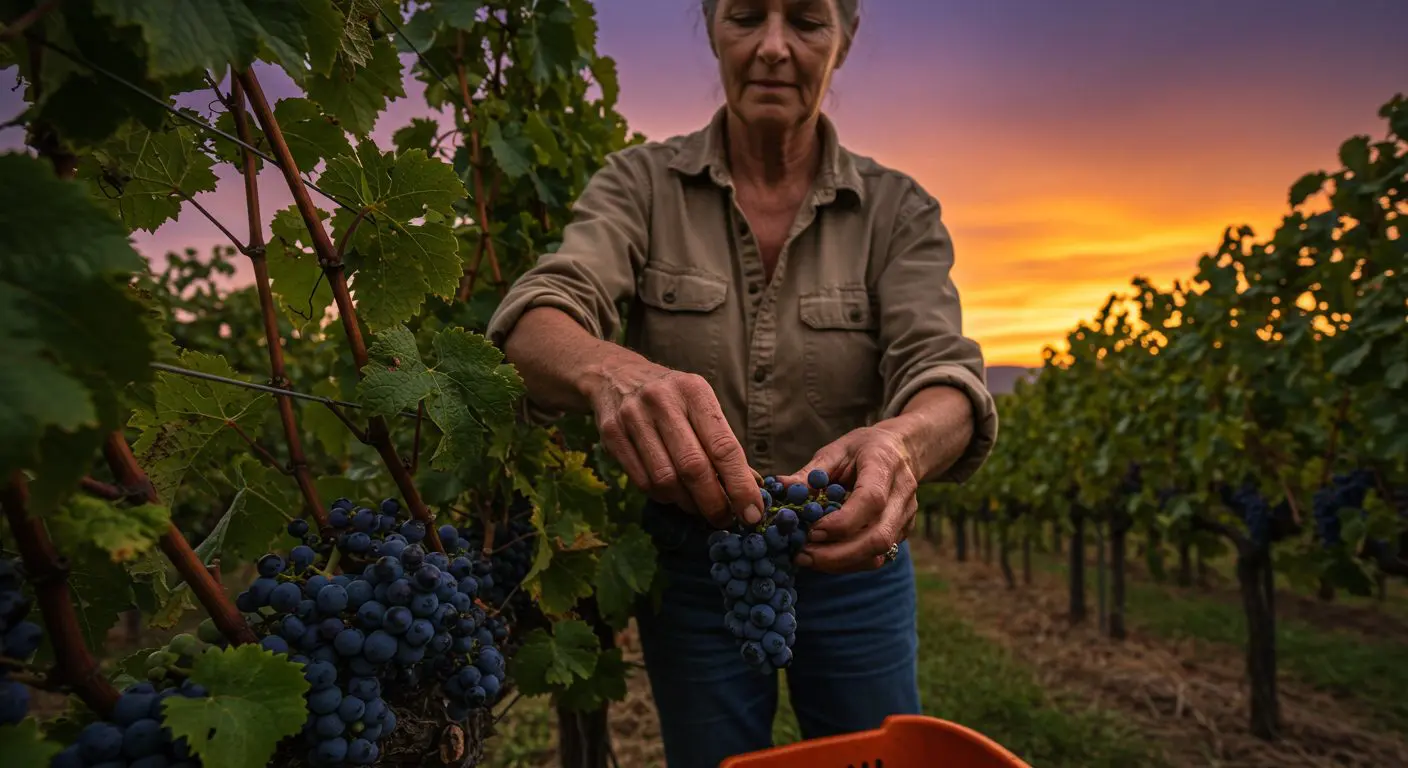
If you prefer being outdoors, vineyard work connects you directly with the growing process:
- Harvesting grapes (often by hand in premium wine regions)
- Maintaining vineyard rows
- Managing the canopy (the leafy parts of grapevines)
- Assisting with sorting in the field
Expect $14-20/hour for these roles. The work starts extremely early (often before sunrise) but usually ends by early afternoon. Many vineyard workers develop an intimate understanding of how growing conditions affect wine quality.
Tasting Room Assistant
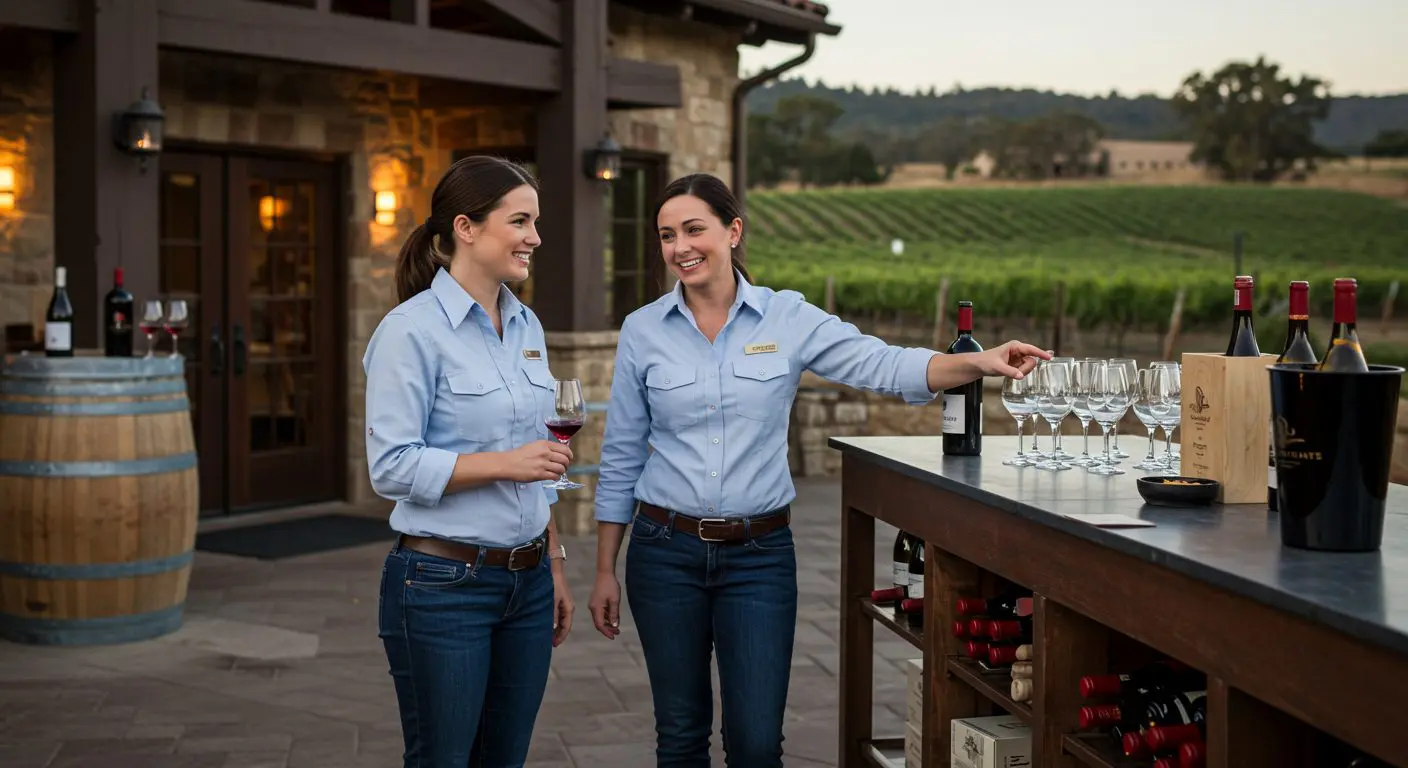
For those with customer service backgrounds, tasting room positions offer a less physically demanding entry point:
- Pouring wine samples for visitors
- Explaining wine styles and production methods
- Processing sales and wine club sign-ups
- Assisting with special events
These jobs pay $15-25/hour plus tips and are ideal if you enjoy interacting with people while learning about wine tasting terminology. Though less directly involved with production, you’ll still absorb tons of wine knowledge and often get staff tastings as part of your training.
How to Prepare Before Applying for Winery Seasonal Jobs

Getting your first wine industry job during harvest season doesn’t require years of study, but a little preparation goes a long way. Before applying, take these steps to boost your chances:
- Research wine regions accessible to you – Consider locations within commuting distance or areas where you could temporarily relocate. Major regions like Napa, Sonoma, Willamette Valley, and New York’s Finger Lakes have concentrated opportunities, but smaller wine regions often have less competition for positions.
- Update your resume to highlight relevant skills – Even if you’ve never worked with wine before, emphasize transferable skills. Restaurant experience, farming background, warehouse work, or even team sports show valuable abilities that translate to harvest work.
- Learn basic wine terminology – You don’t need to be a sommelier, but understanding terms like “fermentation,” “brix,” and “pressing” will help you sound serious about the industry during interviews.
- Get physically ready – Most harvest positions involve long hours on your feet, repetitive movements, and sometimes lifting up to 50 pounds. Starting a basic fitness routine a month before harvest can prevent injuries.
Understanding the differences between a wine farm and winery can also give you insight into various workplace environments and help you target your applications effectively.
My boyfriend’s cousin landed his first cellar job after working construction, with zero wine experience. When asked in his interview about relevant skills, he pointed out that both jobs required attention to detail, physical stamina, and the ability to follow precise instructions. He got hired on the spot!
Where to Find Vineyard Work and Winery Seasonal Jobs in 2025
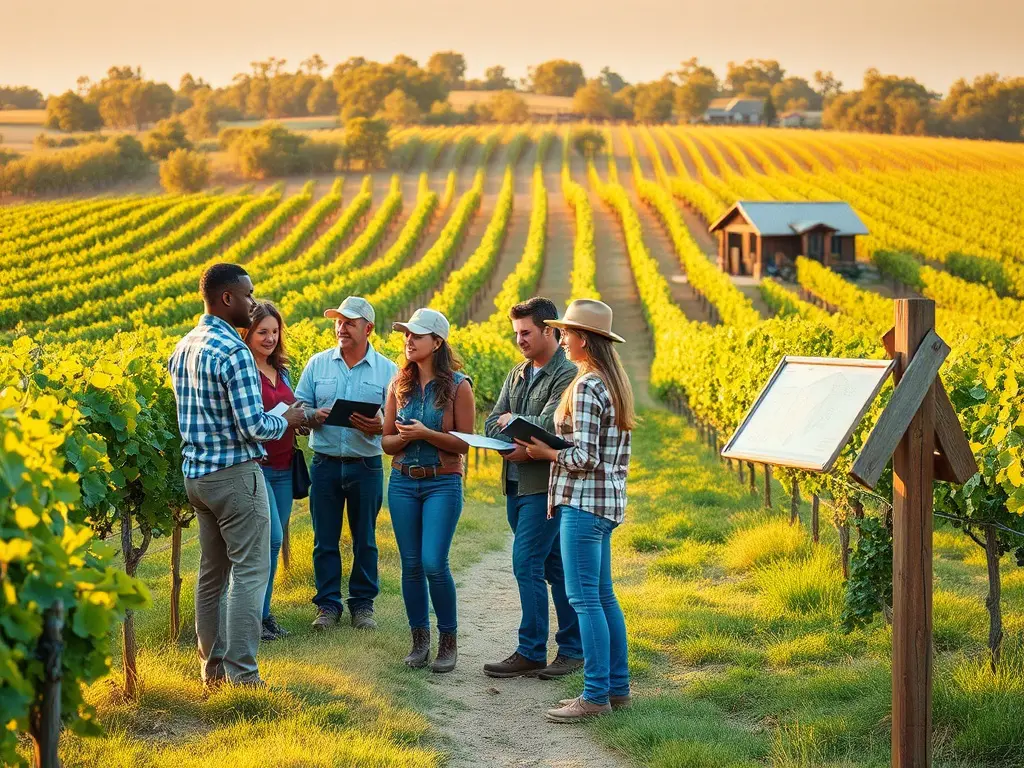
When searching for your first wine industry job during harvest season, knowing where to look gives you a huge advantage. Many of these positions are filled through industry-specific channels rather than general job boards.
Here are the most productive places to find harvest opportunities:
- WineJobs.com – The industry’s largest dedicated job board with searchable filters specifically for harvest and seasonal positions. Set up email alerts with keywords like “harvest,” “seasonal,” or “cellar” for instant notifications.
- WineBusiness.com’s Job Board – Another wine-specific resource that lists positions throughout North America. Many smaller wineries post exclusively here.
- Regional wine associations – Organizations like Napa Valley Vintners or Willamette Valley Wineries Association often maintain job boards for their member wineries. These can feature opportunities that aren’t advertised elsewhere.
- Direct winery websites – Many family-owned operations post openings only on their own sites. Make a list of wineries in your target region and check their “Careers” pages regularly.
- Wine industry networking events – Regional tastings, wine festivals, and trade shows can be great places to make connections. Bring business cards and don’t be shy about mentioning you’re looking for harvest work.
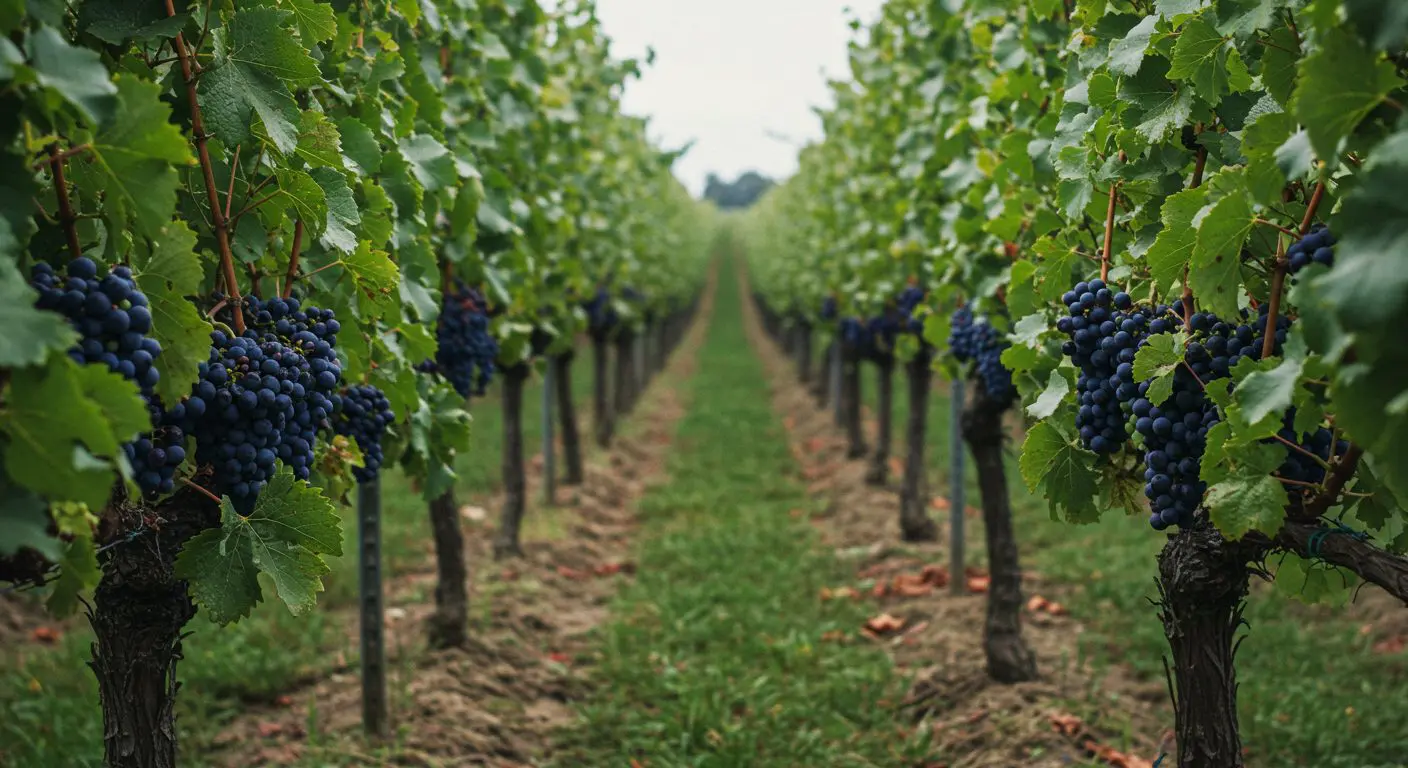
Finding a winery near me can be your first step toward securing a local position where you can easily commute during the busy harvest season.
Pro tip: Start your search by early summer at the latest. Many harvest positions are filled by July, especially at prestigious wineries. Set calendar reminders to check job boards weekly starting in May.
How to Nail the Winery Job Interview
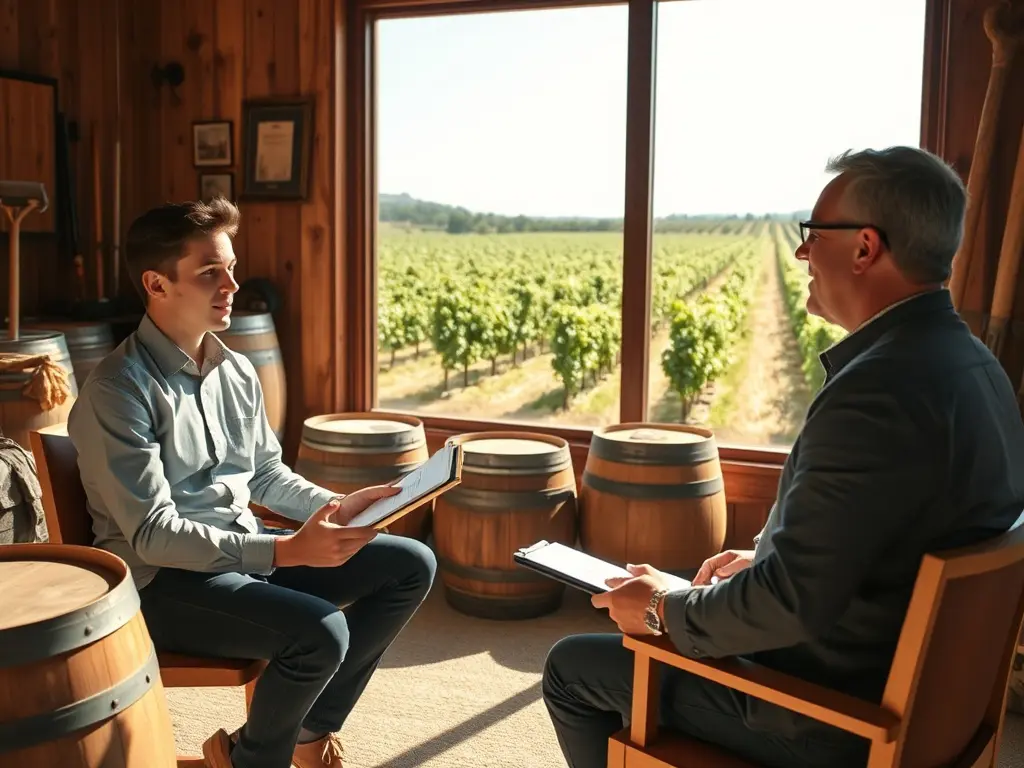
Even for entry-level harvest positions, competition can be fierce, especially in renowned wine regions. Here’s how to stand out during your interview when seeking your first wine industry job during harvest season:
- Demonstrate authentic enthusiasm – Wineries want people who are genuinely interested in wine and the production process. Share why you’re drawn to the industry without pretending to be an expert.
- Be realistic about the physical demands – Harvest work involves long hours, repetitive tasks, and sometimes challenging conditions. Acknowledge this reality and explain why you’re up for it.
- Highlight reliability and work ethic – Harvest has tight timelines dictated by nature. Emphasize your punctuality, ability to follow instructions precisely, and willingness to work until the job is done.
- Ask thoughtful questions – Inquire about specific varietals the winery produces, their winemaking philosophy, or what a typical day during harvest looks like. This shows you’ve done your homework.
A friend who interviews harvest workers at her family’s winery told me she always asks candidates: “What’s the hardest you’ve ever worked?” The question reveals whether someone understands what they’re signing up for. Have your own answer ready!
Transportation is another crucial topic. Since most wineries are in rural areas, having reliable transportation is often a requirement. Be prepared to discuss how you’ll commute, especially for early morning shifts.
Building connections through wine industry networking before your interview can also give you valuable insights to reference during your conversation.
What to Expect Once You’re Hired for Harvest

When you land your first wine industry job during harvest season, prepare for an experience unlike any other work environment. Harvest combines intensity, camaraderie, and immersive learning that can be both challenging and incredibly rewarding.
- Unconventional schedules – Harvest work often follows the fruit, not the clock. Expect pre-dawn start times (sometimes 4 or 5 AM), especially for vineyard work when grapes are picked in the cool morning hours. Cellar shifts might run late into the evening during peak processing times.
- Physical demands – Most roles involve standing for hours, repetitive movements, and working in varying temperatures. Cellar work means getting wet, sticky, and stained with grape juice daily. Come prepared with multiple changes of clothes!
- Practical education – You’ll absorb more hands-on knowledge in one harvest than in months of reading about wine. Most wineries are happy to explain processes if you show genuine interest—just ask questions when workflow allows.
- Tight-knit culture – The intensity of harvest creates strong bonds. Expect shared meals, inside jokes, and potentially lifelong friendships. Many wineries have harvest traditions like end-of-shift beers or celebration dinners.
The pace of harvest follows a bell curve—starting moderately busy, reaching a frantic peak in the middle weeks, then gradually slowing as the last grapes come in. The work can be exhausting, but watching the transformation from fruit to wine provides a unique satisfaction.
My roommate’s first harvest job had her working alongside a winemaker who’d been at the same winery for 30 years. By asking thoughtful questions during lunch breaks, she gained insights that would have taken years to learn elsewhere. Those conversations ultimately helped her decide to pursue formal winemaking education.
How Harvest Experience Launches Wine Careers
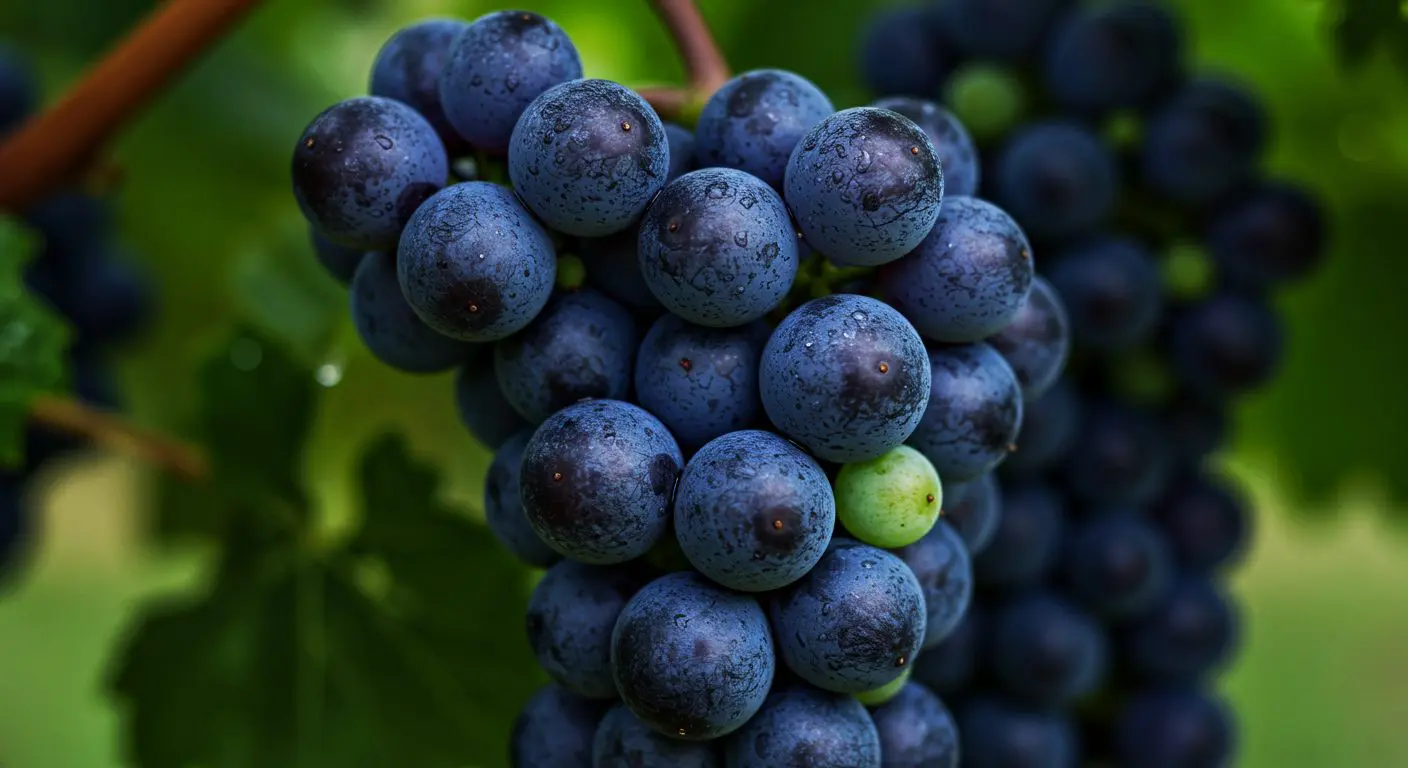
Getting your first wine industry job during harvest season isn’t just about temporary work—it’s often the foundation for a lasting career. Many wine professionals look back on their first harvest as the moment they truly fell in love with the industry.
- Portfolio builder – Even one harvest on your resume significantly improves your chances for future wine positions. Many year-round roles specifically seek candidates with harvest experience.
- Skill development – The hands-on training during harvest provides practical knowledge that classroom education simply can’t match. You’ll develop an understanding of wine from the ground up.
- Career clarity – Harvest work exposes you to multiple aspects of wine production, helping you discover which areas truly interest you—whether that’s viticulture, winemaking, hospitality, or marketing.
- Relationship cultivation – The connections you make during harvest often lead to job referrals later. The wine industry values personal recommendations highly, and your harvest supervisor could become your most important reference.
The wine industry has numerous career paths that often start with harvest work. Production roles can lead to assistant winemaker positions. Tasting room experience can transition into wine marketing or sales. Even administrative staff at wineries often start with a harvest season to understand the product better.
Many harvest workers find themselves invited back year after year, gradually taking on more responsibility. Others use their experience to land positions at different wineries, building a diverse resume. Either way, that first harvest job opens doors throughout the industry.
Finding Your Perfect Wine Harvest Fit
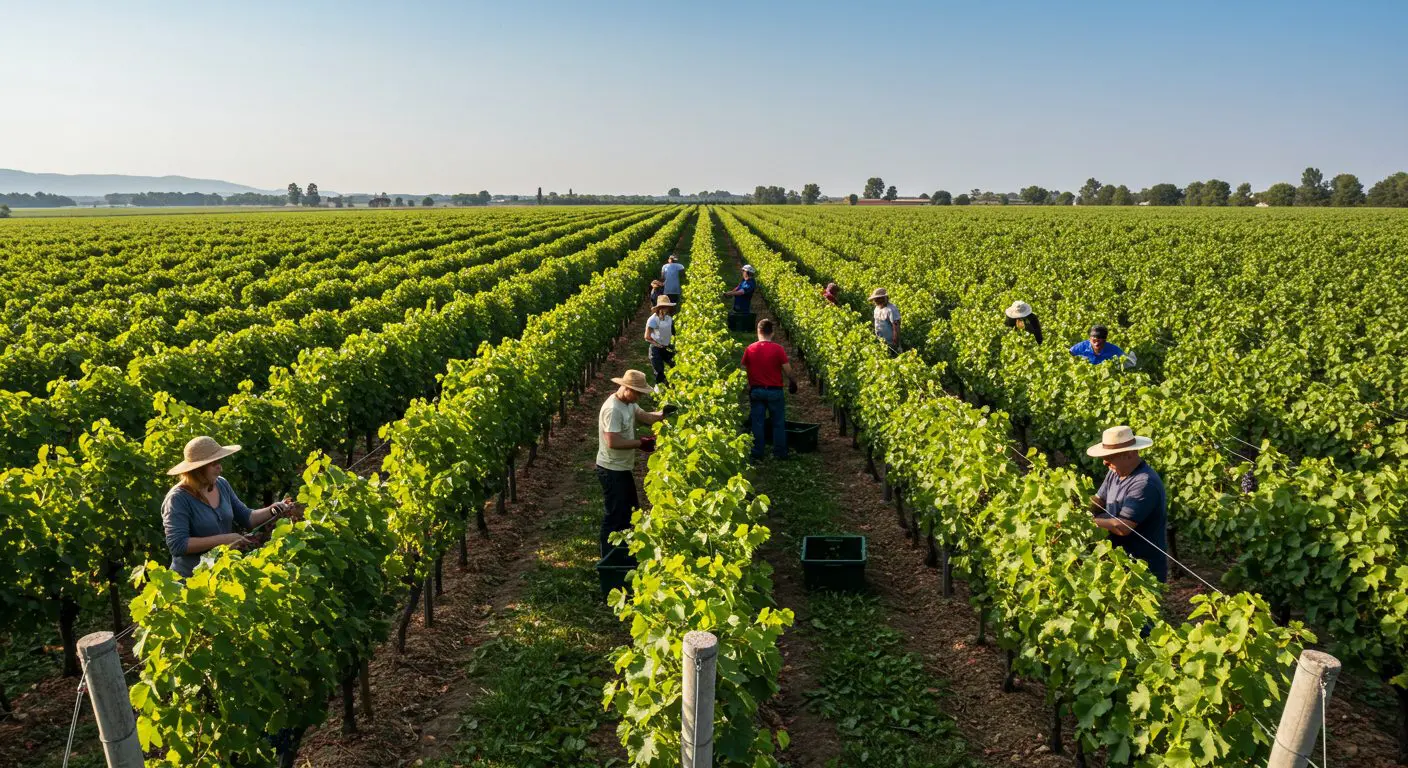
Getting your first wine industry job during harvest season comes down to timing, preparation, and persistence. The seasonal nature of the work creates a unique entry point that welcomes newcomers with enthusiasm and practical training.
While the hours can be long and the work physically demanding, the rewards are substantial—from the hands-on education to the industry connections to the sheer satisfaction of participating in an age-old tradition. There’s something profoundly fulfilling about seeing grapes transform into wine before your eyes.
Whether you’re looking for a complete career change, a temporary adventure, or just a deeper understanding of how wine is made, harvest work provides an accessible starting point. The wine industry values passion and work ethic as much as prior experience, making it unusually welcoming to newcomers willing to put in the effort.
Now is the perfect time to start preparing for the 2025 harvest season. Begin researching regions, updating your resume, and setting job alerts on wine industry sites. With the right approach, you could find yourself among the vines this fall, starting a journey that might just transform your relationship with wine—and your career path—forever.




